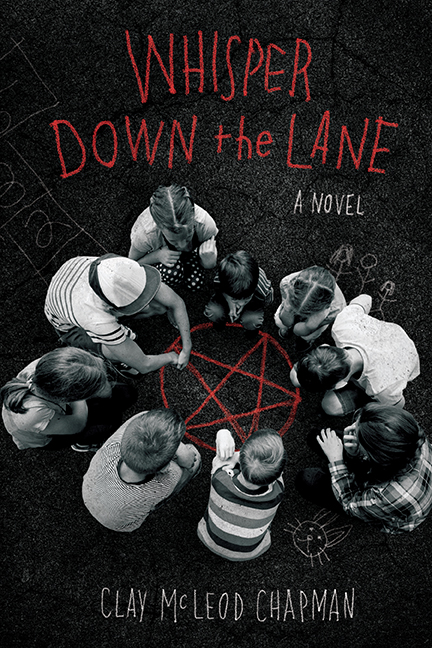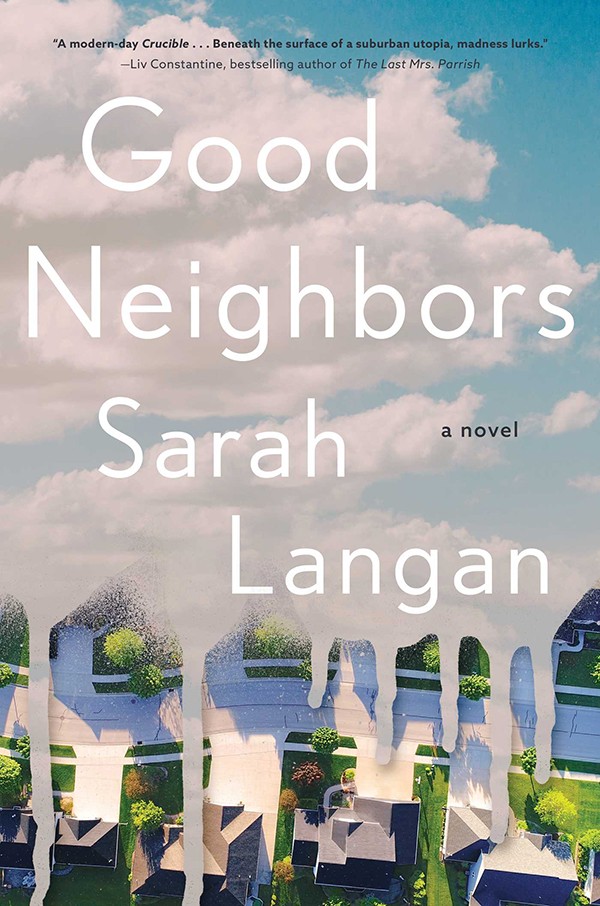Lil Nas X, the rapper who rocked boats by blending hip-hop and country music in “Old Town Road,” seems to have ushered in a renaissance of the Satanic Panic with the angels-and-demons iconography in the music video for the recently released “Montero (Call Me by Your Name).” If, like me, you have evangelical aunts and uncles with access to the internet, you know that the video is a sure sign that Satan is real and he’s out to get the children.
Well, if we have to do the Satanic Panic again, at least we have books to go with it. Clay McLeod Chapman’s Whisper Down the Lane (Quirk Books), released this Tuesday, could hardly be more timely. What’s more, Chapman will discuss the novel online tonight (Thursday, April 8th) via webinar as part of Novel bookstore’s Reader Meet Writer series of events.
The book alternates between chapters set in 1983 and in 2013, following young Sean and the fully grown Richard. But Sean and Richard are the same person, 30 years and a scandal apart and after a name change to give young Sean/Richard some chance at a semblance at a normal life. But it seems, as Satanic imagery begins to pop up at the elementary school where Richard teaches, that his past has come back to haunt him.
There are shades of The Crucible in Whisper Down the Lane, making it an excellent companion novel to Sarah Langan’s Good Neighbors, published earlier this year. The novel centers around the ease with which the seed of a lie can take root and grow and thrive. The most true-to-life moments are young Sean’s interactions with his single mother, and how her unmarried status makes her a pariah. Her stress, her absolute need to never make a mistake because the eyes of the community are always on her, and the panic that fosters in Sean, felt true and tragic.
Chapman crafts a horrific tragedy, built on misunderstandings and the best intentions. The novel is all the more compelling for its lack of an obvious villain. Of course, there’s no reason to take my word for it.
Clay McLeod Chapman discusses Whisper Down the Lane online via Novel bookstore’s Reader Meet Writer series, Thursday, April 8th, at 6 p.m. The event is free with registration.


 David Zaugh, Zaugh Photography
David Zaugh, Zaugh Photography